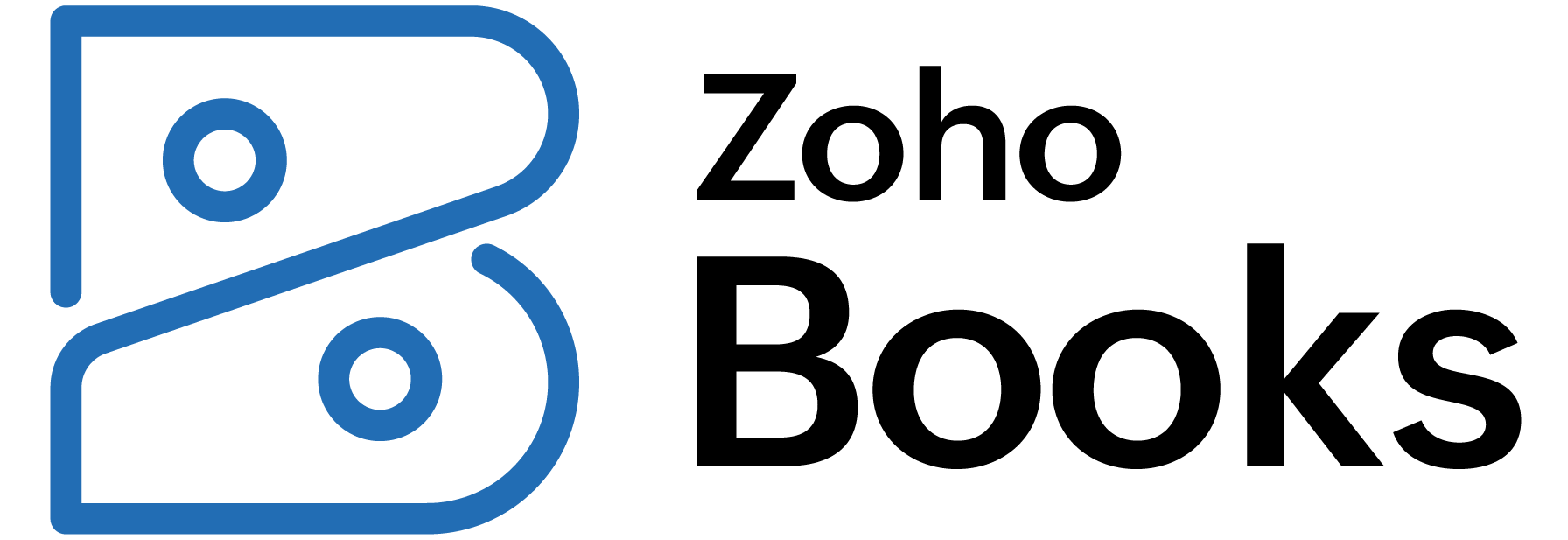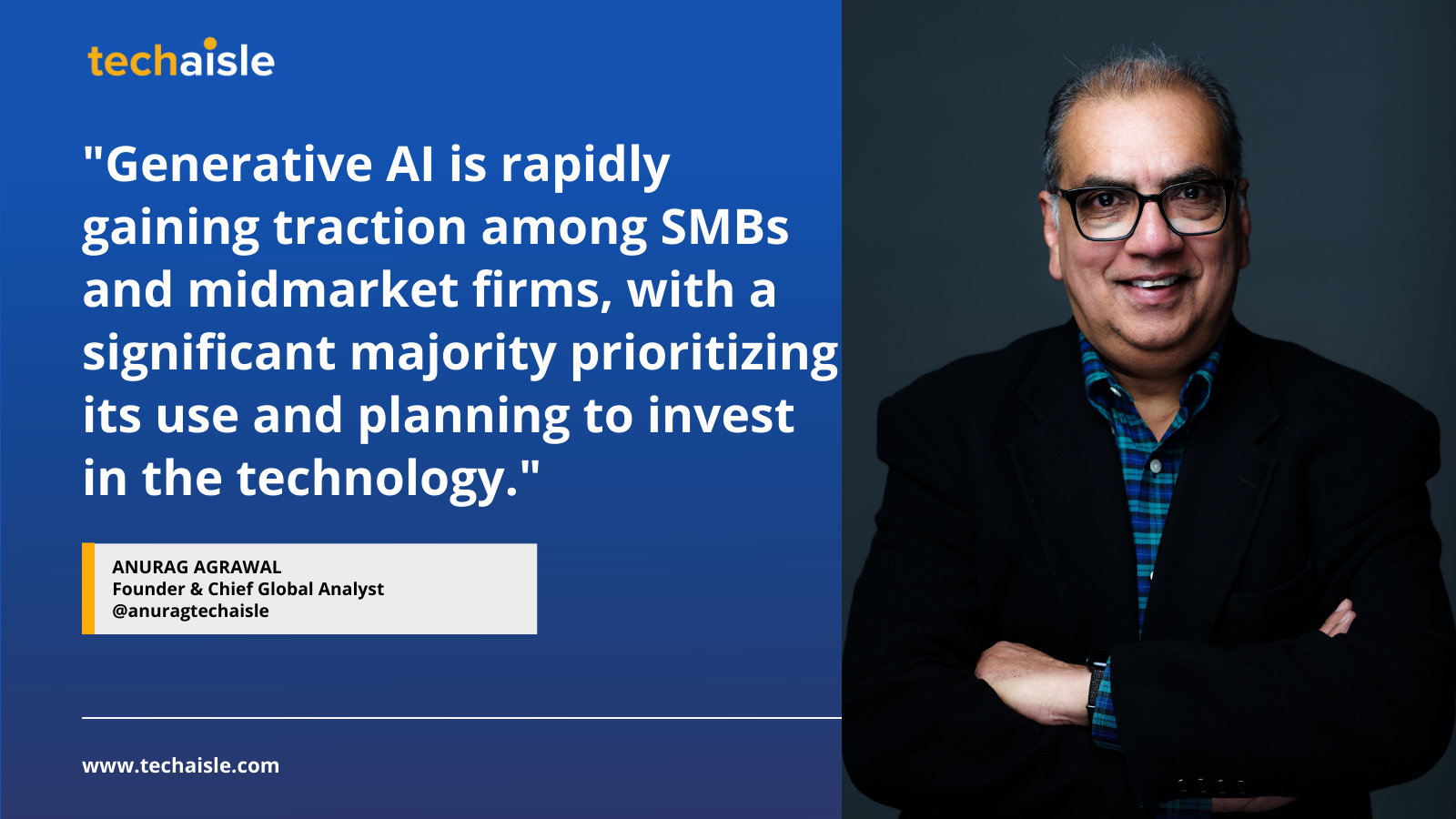Spreadsheets and ledgers are essential tools for managing finances during the early stages of a business. However, as businesses grow and the number of customers and vendors they interact with increases, even basic tasks like tracking money coming in and going out can become tedious and time-consuming. Recording and analyzing financial data becomes more complex, requiring more than just sorting through spreadsheets and paperwork. This is where accounting software comes in handy. Instead of relying on manual processes, businesses can automate many tasks and streamline their operations.
One such cloud accounting platform is Zoho Books, which offers comprehensive features designed to simplify accounting processes and improve financial management. Zoho Books makes managing finances easy with intuitive invoicing, expense tracking, and bank reconciliation interfaces. It also automates tasks like creating recurring invoices, sending payment reminders, categorizing expenses, reducing errors, and ensuring timely transactions.
Since its launch in 2011, Zoho Books has become one of the top five products in the Zoho suite and has established itself as a significant player in the accounting software market.

Zoho Books’ Competitive Edge
Zoho Books is known for its user-friendly design, featuring an intuitive interface that is accessible to both accounting professionals and business owners with limited financial knowledge. This allows users of all backgrounds and experience levels to manage their finances efficiently.
In addition to its user-friendly design, Zoho Books has a global focus, offering over 14 customized versions for different countries and an international edition. This enables businesses to effectively manage their financial operations while adapting to the unique characteristics of their local market.
Customization is another critical benefit of Zoho Books. Recognizing that every business has unique needs, the platform allows users to tailor their workflows, reports, and templates to fit their specific requirements. This enhances the user experience, improves efficiency, and streamlines business processes.
Zoho Books also offers value through its cost-effectiveness, with free plans for businesses with annual revenue of less than US$50,000 and six competitive pricing plans, making it an attractive solution for businesses of all sizes.
















